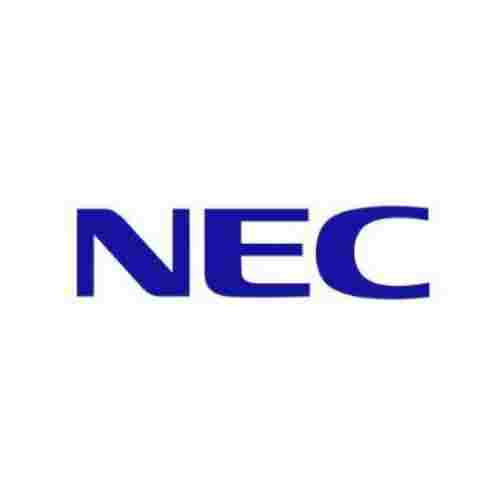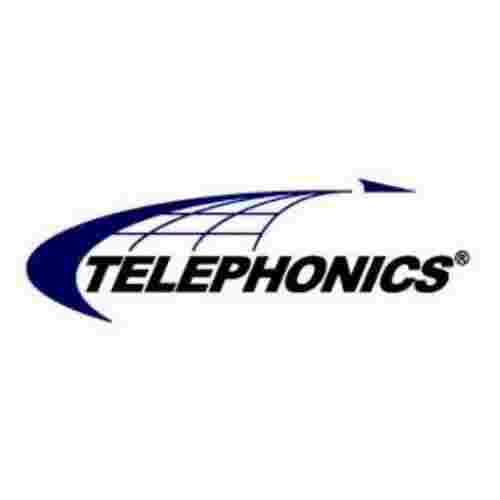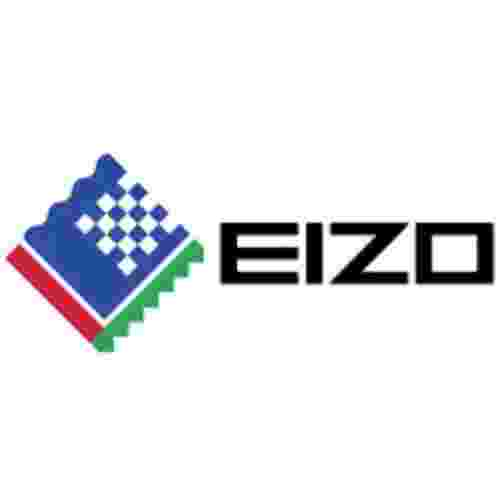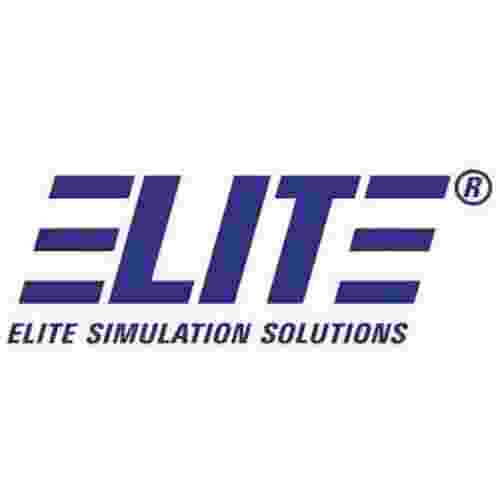Air Traffic Control Systems and Management (ATC) in Japan in 2025
Japan, a nation synonymous with cutting-edge technology and meticulous efficiency, takes its commitment to air traffic safety and management very seriously. As the aviation industry experiences a surge in passenger and cargo traffic, Japan’s Air Traffic Control (ATC) systems are undergoing a remarkable transformation, embracing cutting-edge technologies and fostering a future-proof approach to airspace management.

Essential Components of Japan’s ATC Systems
The intricate dance of airplanes gliding across the sky is orchestrated by a complex symphony of technologies. Here’s a closer look at the key players in Japan’s ATC systems:
- Air Traffic Management (ATM) Systems: These robust systems form the backbone of ATC, processing real-time flight data, calculating trajectories, and providing critical information to air traffic controllers. Companies like NEC, a Japanese powerhouse in technology, have been instrumental in developing and deploying these advanced ATM systems.
- ATC Radar: The watchful eyes of the sky, ATC radars paint a real-time picture of aircraft positions, movements, and altitudes. Modern radars in Japan utilize sophisticated technologies like Automatic Dependent Surveillance-Broadcast (ADS-B) for enhanced accuracy and efficiency.
- Voice Communication Switching Systems: Crystal-clear communication is paramount for ensuring safety. These systems seamlessly connect air traffic controllers with pilots, enabling clear and concise instructions and updates.
- Air Traffic Control Simulators: Before stepping foot in a real control tower, aspiring air traffic controllers hone their skills in meticulously designed simulators that replicate real-world scenarios with high fidelity. These simulators play a crucial role in air traffic controller training, ensuring they are prepared for any situation.
- ATC Displays: Information is king in the ATC world. These advanced displays present a wealth of data, including aircraft positions, weather patterns, and potential conflicts, allowing controllers to make informed decisions with a single glance.
Air Traffic Control Automation is also making significant strides in Japan. Automation can handle routine tasks like conflict detection and resolution, freeing up valuable time for controllers to focus on complex situations and emergencies.
Top Priorities for Japan’s ATC
Safety is the unwavering priority for Japan’s ATC. Here are some of the key focus areas:
- Air traffic flow management (ATFM): This proactive approach anticipates potential congestion and implements measures like route adjustments and spacing to optimize traffic flow and minimize delays.
- Civil-Military ATM Integration: Japan is a leader in integrating civilian and military air traffic, ensuring efficient airspace utilization for both sectors.
- Airport Collaborative Decision Making (A-CDM): This collaborative approach brings together airlines, airports, and air traffic control to share information and optimize airport operations, leading to smoother arrivals and departures.
NextGen ATM (Next Generation Air Traffic Management) is a major focus in Japan. This initiative aims to leverage advancements in automation, data sharing, and satellite-based navigation to enhance efficiency, safety, and capacity in the airspace.
Addressing Air Traffic Congestion in Japan
Despite its advancements, Japan faces challenges, particularly in managing air traffic congestion around major hubs like Tokyo’s Haneda Airport. The recent call for a “significant” increase in air traffic controllers by the Japan Civil Aviation Union highlights the need for continued investment in workforce development.
Air travel growth in Japan is projected to continue, fueled by factors like a growing middle class and the increasing popularity of low-cost carriers. To address this, Japan’s ATC is exploring innovative solutions like:
- Trajectory-Based Operations (TBO): This approach focuses on 4D trajectories (including altitude) rather than fixed routes, allowing for more efficient flight paths and reduced congestion.
- Digital ATC: This concept utilizes digital data exchange between aircraft and ATC systems, enabling faster and more precise communication.
Drone traffic management is another emerging challenge. As the drone industry flourishes, Japan is actively developing regulations and integrating drone traffic into the existing airspace management framework.
The Evolution of Japan’s ATC
Japan’s commitment to sustainable aviation is evident in its ATC modernization efforts. By optimizing flight paths and reducing delays, Japan aims to minimize fuel consumption and environmental impact.
Looking ahead, Japan’s ATC systems are poised for further advancements. We can expect to see:
- Increased automation: Advanced automation will free up controllers for more complex tasks, enhancing overall efficiency.
- Artificial intelligence (AI): AI can potentially assist with tasks like conflict prediction and resolution, further improving safety and streamlining operations.
- Enhanced cybersecurity: As reliance on digital systems grows, robust cybersecurity measures will be crucial to ensure the integrity of ATC systems.
Price List
- Complexity of Systems: ATC systems are intricate and encompass various components, from hardware (radar, displays) to software (ATM systems, communication systems). Each component has its own pricing structure.
- Customization: ATC systems are often customized to fit the specific needs of an airport or region. This customization can significantly impact the overall cost.
- Procurement Process: Government agencies typically handle ATC procurement, and pricing details might not be publicly available.
However, here’s how we can approach estimating the cost:
Individual Components:
- ATC Radar: Prices can range from millions to tens of millions of yen depending on the radar’s capabilities and range.
- ATM Systems: These complex systems can cost tens of millions to hundreds of millions of yen, depending on features and capacity.
- Voice Communication Systems: These can range from a few million yen for simpler systems to tens of millions for robust, multi-channel solutions.
- Air Traffic Control Simulators: Advanced simulators can cost tens of millions of yen due to the high fidelity they need to replicate real-world scenarios.
- ATC Displays: Prices vary depending on size, technology, and information displayed, ranging from hundreds of thousands to millions of yen per unit.
Total System Cost:
Considering these individual components, the total cost for equipping a mid-sized airport with a modern ATC system could be in the ballpark of several billion yen (up to 10 billion yen or more). This is a rough estimate and the actual cost could be higher or lower depending on the specific configuration and level of technology employed.
Get a Quote from Top 12 Global Leader Air Traffic Control Systems Manufacturers
FAQs
Is Japan's ATC system modern?
Yes! Japan is actively implementing cutting-edge technologies like ADS-B radars, digital communication, and automation to improve efficiency and safety in its ATC systems.
How is Japan addressing air traffic congestion?
Japan utilizes strategies like Trajectory-Based Operations (TBO) for optimized flight paths and Air Traffic Flow Management (ATFM) to proactively manage congestion around busy hubs.
What are some future trends for Japan's ATC?
Expect to see increased automation, integration of AI for decision-making, and a focus on sustainable aviation practices within Japan’s ATC systems.











